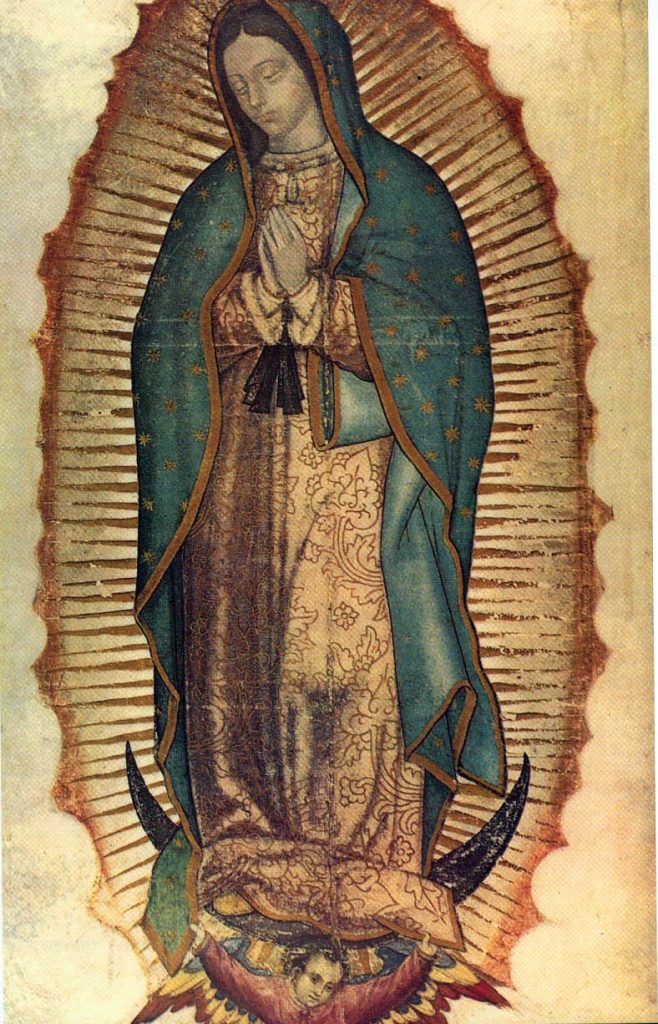Sandra Cisneros and Body Recognition in “Guadalupe the Sex Goddess”
Alli Armijo // Blog Writer
Known for her bildungsroman The House on Mango Street, Sandra Cisneros is celebrated for confronting the innocence of childhood with a perspective tainted by the reality of a lived experience. In her essay “Guadalupe the Sex Goddess,” Cisneros approaches themes of religion, sexuality, and Chicana/o culture in a way that comprises the identity of a young girl who is constantly overwhelmed with Western culture—namely, the Western presentation of sexuality. In this piece, she begins with rival sexual ideologies: modesty and promiscuity. She uses this dichotomy to draw attention to how she felt detached from her own body, her own sexuality, and arguably her own culture while growing up, signaling this distance as something inherently wrong with her—a misinformed biological delineation. She gives specific examples, explaining how she was ashamed of her “down there,” and was an adult before fully coming to terms with the word “vagina” and the sexual agency that comes with this recognition.

In terms of family and her connection to Chicana/o culture, Cisnero identifies her mother as both the paragon of femininity and an enigmatic woman, further frustrating the idea between owning one’s sexuality and feeling like a stranger to it. However, the beauty of Cisneros’s writing is that, while raw and unapologetic, it is rarely pessimistic. A feeling which can arguably be described as perseverance echoes throughout the piece, reflecting the unrelenting, imaginative capacities of developing minds. She uses love to reveal this dangerous optimism, explaining how she would willingly follow anyone who paid attention to her. However, this is rivaled with a budding autonomy, as she writes, “I have always had enough imagination to fall in love all by myself, then and now.”

Her language is playful and stoic, wrestling with the conservativeness she believes she should embrace and the exuberance she nonetheless craves. La Virgen de Guadalupe is central to this debate, as Cisneros’s journey is constantly informed by her ability to rework and reframe her relationship to the religious icon—someone she once revered, and arguably still does, just in a different way. In Chicana/o culture, La Virgen de Guadalupe represents the essence of womanhood. While this theoretically provides a step-by-step framework for how to grow into one’s sexuality, Cisneros uses her narrative to reveal that this is not always the case; in fact, autonomy complicates the strict permission of culture. This also establishes the paradox of Chicana/o sexuality as something that is policed but also celebrated for its freedom and explorative tendencies. La Virgen de Guadalupe is both a tough feminist icon and a paragon of conservation and modesty, which creates a tension between expression and repression that Cisneros was never taught how to address or negotiate. However, maybe that was the point. Maybe it is within that negotiation that identity is found.
Cisneros does not offer a resolution for her original consideration of La Virgen de Guadalupe as an esoteric celebration of Chicana/o sexuality. Rather, she sullies her own innocence and reworks this narrative to honor a new perspective, one that sees La Virgen as a sex icon who, rather than isolating her sexuality, validates it—something she was lacking from a traditional, Western culture. In this way, Cisneros calls attention to the dangerous universality of sexuality and body standards. She confronts their constructs, dismantles them, and builds them back up again in the way she sees fit. Culture becomes her own, grown-up Lego set, one she’s constantly reconstructing to inform her identity.
